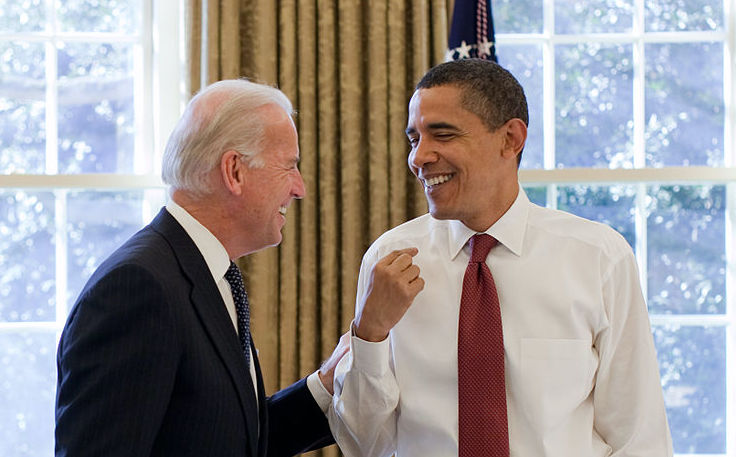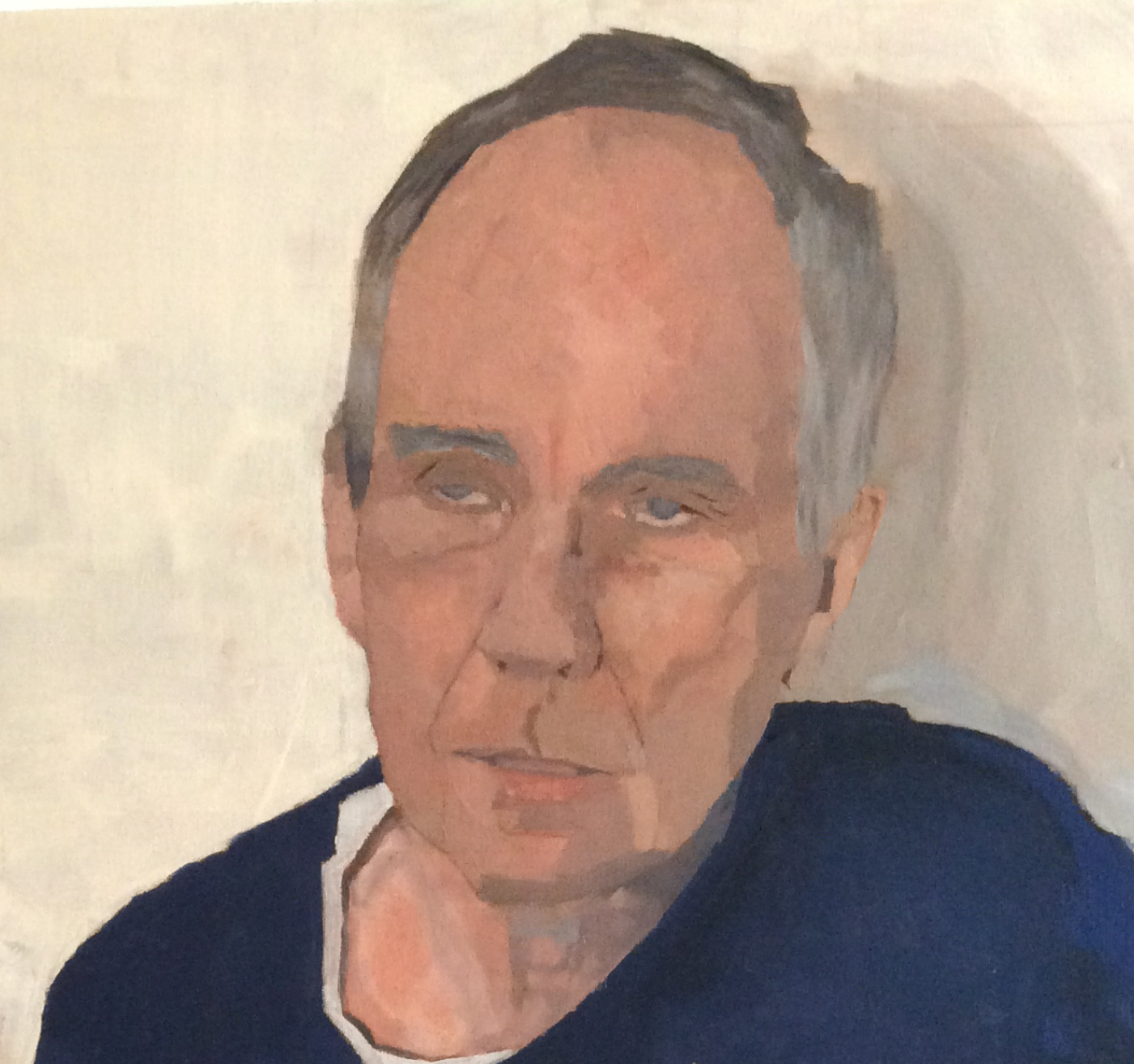Portrait of an official White House portrait

For all his reputation for dash and bravura, John Singer Sargent was meticulous when arranging his live portraiture subjects. The story goes that one of his more irascible sitters in particular finally lost all patience, rounded on the eminent painter and was about to give him a piece of his mind when Sargent cried out, “There Mr. President, hold that pose!” And from that pose emerged one of the greatest official White House portraits ever painted — the portrait of Teddy Roosevelt.
Sargent was a master of alla prima or wet-on-wet portraiture, where the traditional and meticulous applications of tiny brushes on small details are replaced with flamboyant dashes from large brushes loaded with thick paint on wet canvases to achieve a fast and dazzling effect. This quicker and less fussy kind of portraiture, invented by Velasquez and Rembrandt and Hals, was perfected by John Singer Sargent. For this reason the Roosevelt portrait is justly famous for its power, immediacy and panache.
Then there was Aaron Shikler. Shikler was reluctant to take on this particular commission. For one, the subject was deceased and he didn’t like to work from photographs that he didn’t take himself. For another the subject was arguably the most famous man in the world, even then. The pressure to get it right was overwhelming. But how do you turn down any request from Jacqueline Kennedy?
“The only stipulation she made,” Shikler told People Magazine ten years later in 1981, “was, ‘I don’t want him to look the way everybody else makes him look, with the bags under his eyes and that penetrating gaze. I’m tired of that image.'” Besides that Shikler had his own standards. He didn’t think one should paint a dead man’s eyes in direct engagement with the viewer. It was disrespectful. “Well, everybody goes after the eyes,” he said by way of further explanation. “All presidential portraits have eyes that look right at you. I wanted to do something with more meaning. I hoped to show a courage that made him humble.”
After studying hundreds of photos and making dozens of sketches, Shikler borrowed a pose not of JFK but of a contemplative Ted Kennedy at his brother’s gravesite, eyes downcast, arms folded, deep in thought. It was reminiscent of photos taken where President Kennedy was conferring with his Attorney General brother Bobby during the Cuban missile crisis. The First Lady enthusiastically approved.
So in 1971 another masterpiece emerged from the staid and fusty tradition of official White House portraiture. Sikler’s portrait of Jack Kennedy is literally and figuratively a brown study of a deeply moving, somber pose set to a quickly realised background of raw umber, yellow ochre and flake white reminiscent of Sargent’s portrait of Teddy Roosevelt.
The tradition of commissioning and unveiling the official presidential portrait came to an abrupt end with Trump. In order for him to continue that tradition it would have been necessary for Trump to preside over the unveiling of his predecessor’s portrait, and since his predecessor was a black man and Trump is a racist that became impossible, of course.
So in the league tables of Presidential portraiture, President Barack Obama’s portrait has yet to have its official unveiling and Trump’s is yet to be commissioned. That, for the former anyway, is about to change. President Joe Biden is planning to host the long overdue unveiling of President Barack Obama’s official White House portrait later this year— once it is safe to do so. There are no plans to commission Trump’s portrait. Long may that continue. After all, no one wants to look at a painting of a dark stain on the soul of America.
In thinking about my best-loved presidential portraits, I was struck by how nonpartisan my tastes are. My priorities and antipathies have little to do with what I thought of the man being painted. The informal shirtsleeves image of George W. Bush is among my top five, for example. FDR’s is among my least preferred. To me, art, like the games of the Olympiads, should be above and beyond politics.
It’s why every official unveiling of a presidential portrait has always taken place during the term of office of his successor. The sacred rite of a peaceful transition has remained inviolate even where official portraits were concerned — until Trump.
Leave it to a vulgarian like Trump to throw art to the philistines. Presidential portraits are commissioned at the end of a presidency, and for Trump to commission his own portrait would be a tacit admission that he lost. I for one am glad. I don’t want the portrait of a rapist, a murderer, a traitor and a thief to ever hang in the sacred House of the People. Overlooking politics for the sake of art is one thing, mixing obscenity and art is quite another. And, as ever, ladies and gentlemen, brothers and sisters, comrades and friends, stay safe.

Robert Harrington is an American expat living in Britain. He is a portrait painter.
